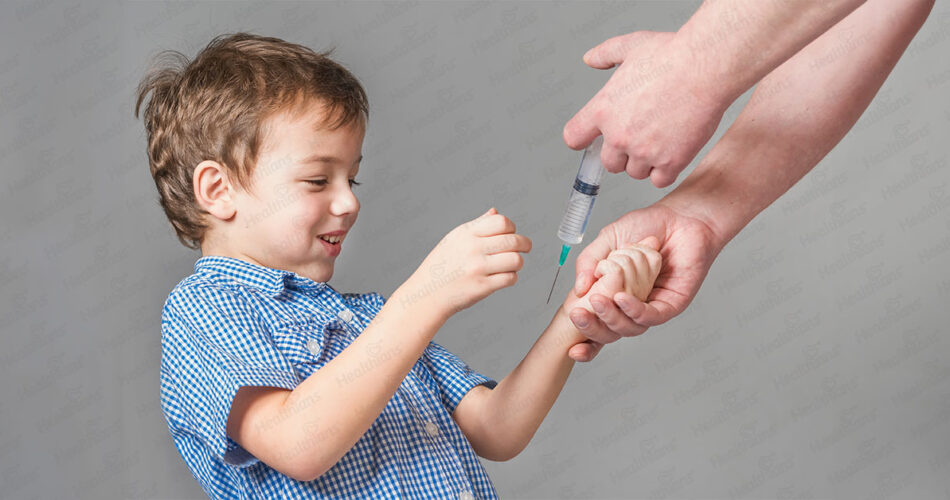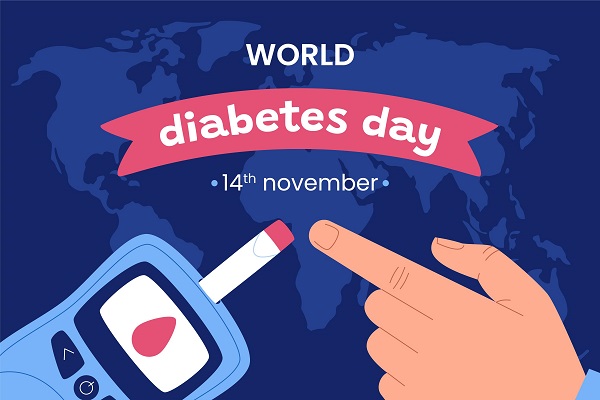In the early 20th century, polio was one of the most feared diseases in India, paralysing hundreds of thousands of children every year. Soon after the introduction of effective vaccines in the 1950s and 1960s, the adverse situation got under control.
From the late 90s to now, what has changed? Has polio been eradicated? Should you be concerned about your child’s exposure to polio?
Well, keep reading the blog to find out.
Is India now polio-free?
Yes, you will be glad to know that on the 27th March 2014, India was certified Polio free by the Regional Polio Certification Commission. On 13 January 2023, India completed 12 polio-free years – a remarkable achievement that was made as a result of consistent, determined interventions and genuine commitment at all levels. However, in developing countries, polio still continues to be a life-threatening illness. Hence, you may have to exercise caution if you are planning to shift to other countries. Countries that still have polio include Afghanistan and Pakistan.
Causes
Poliomyelitis, commonly known as Polio, is a highly contagious disease caused by a virus, called poliovirus, that mainly affects nerves in the spinal cord or brain stem. In its most severe form, polio can lead to a person being unable to move certain limbs in a matter of hours. It can also lead to difficulty in breathing and sometimes, even cause death.
How polio spreads
The virus is transmitted from person-to-person mainly through contact with feces, also called stool, or droplets from sneezing or coughing. The virus enters another person through the mouth. The virus can spread very quickly, if people haven’t washed their hands after coughing, using the toilet or before eating.
Less frequently, the virus may also spread by a common vehicle (for example, contaminated water or food) and multiply in the intestine.
Symptoms
About 5% of people with the poliovirus get a mild version of the disease called abortive poliomyelitis. This leads to flu-like symptoms that last for approximately 2-3 days. These include:
- Fever
- Headache
- Muscle aches
- Sore throat
- Stomach ache
- Loss of appetite
- Nausea
- Vomiting
Non-paralytic polio
A more severe form of the disease, called non-paralytic polio, affects about 1% of those infected. While the illness lasts longer than a few days, people with non-paralytic forms of polio tend to recover completely. Besides having several flu-like symptoms, nonparalytic polio symptoms may include:
- Neck pain or stiffness
- Aches or muscle stiffness
- Severe headache
- Malaise
- Skin rash that resembles measles
A person may appear to be improving for a few days prior to the onset of the second phase. The second phase of symptoms include:
- Stiffness of the spine and neck
- Decreased reflexes
- Muscle weakness
Paralytic polio
This most serious form of the disease is rare. It occurs when the brain and spinal cord are attacked by the poliovirus. The muscles that control your breathing, speech, swallowing, and limb movement can become paralysed by it. The disease mimics symptoms of nonparalytic polio for a few days. But it progresses to more-acute symptoms, including:
- Intense pain
- Extreme sensitivity to touch
- Loss of reflexes
- Paresthesia (pricking sensation of pins and needles in the legs)
- Muscle spasms or twitching
- Muscle weakness progressing to a limb paralysis
Depending on the severity of disease, other manifestations may include:
- Paralysis of muscles involved in breathing
- Difficulty swallowing
Post-polio syndrome
Post-polio syndrome is the appearance of new symptoms or the progression of problems. This usually happens decades after having polio. Common signs and symptoms include:
- Progressive muscle or joint weakness and pain
- Severe fatigue
- Muscle pain
- Breathing or swallowing problems
- Sleep-related breathing disorders, such as sleep apnea
- Lowered tolerance of cold temperatures
Prevention
Polio cannot be cured; prevention is the only effective treatment. When given repeatedly, the polio vaccination can give a child lifelong protection. The oral and inactivated polio vaccinations are the two that are now offered. Both are safe and effective, and depending on local epidemiological and programmatic conditions, both are employed in varied combinations globally to guarantee the best possible protection for communities.
Closing thoughts
Polio is a life-threatening and debilitating disease. It can affect the brain and spinal cord, and cause paralysis or even death. This makes polio very dangerous, especially for individuals who are unvaccinated or not up to date with their polio immunisations.
The majority of polio cases occur in children under five. Polio has been eradicated from most countries but is still prevalent (although rates are decreasing) in a small number of countries.
Travellers visiting high-risk areas should take a single adult booster dosage, even if they have received the entire childhood series. It is recommended that unvaccinated or inadequately vaccinated travellers who develop symptoms of polio during travel to or return from countries where polio is still prevalent, should seek urgent medical attention.




